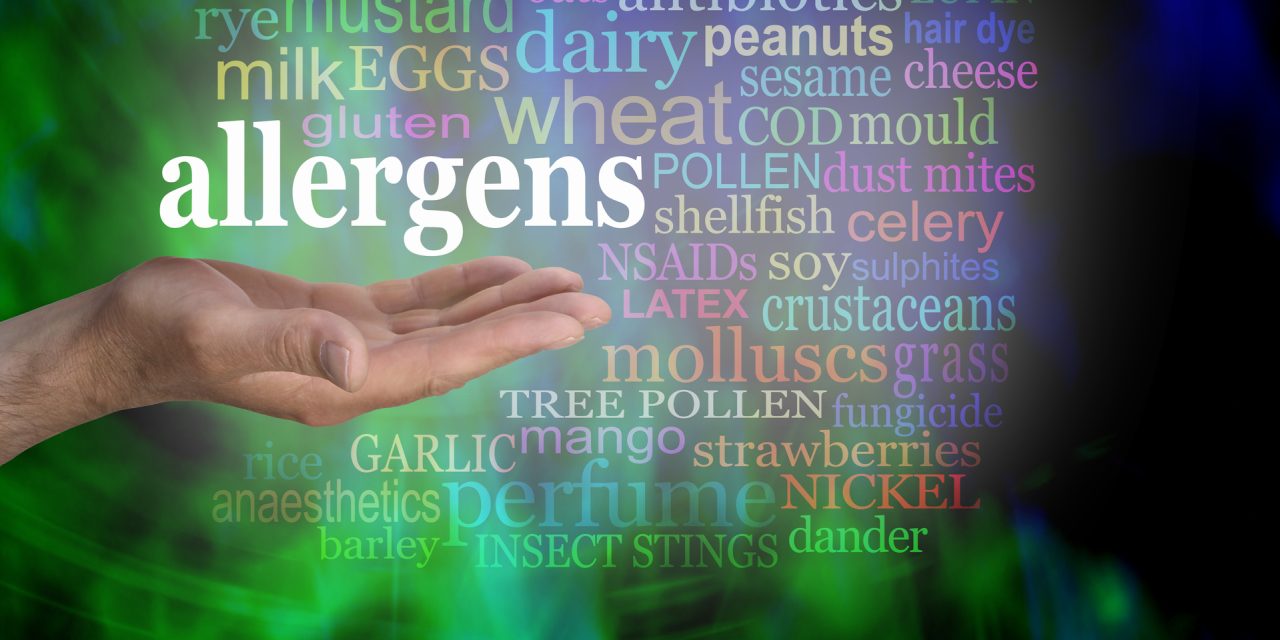To examine existing therapeutic methods for allergic conjunctivitis (AC) therapy, based on topical antihistamines and mast cell stabilisers (MCS) was the purpose of this study. Alcaftadine, an antihistamine, exhibits H4 receptor inverse agonism, anti-inflammatory, and MCS properties. In randomised controlled studies, the antihistamines levocabastine and azelastine were shown to be more effective than placebo in the treatment of AC symptoms (RCTs). In Europe and the United States, the topical dual-action antihistamines/MCS olopatadine, azelastine, ketotifen, and epinastine are frequently used for mild subtypes of AC. For the primary symptoms of AC, ocular itch and conjunctival hyperemia, epinastine 0.05 percent was superior to placebo, but equivalent or more efficacious than olopatadine 0.1 percent, which was superior to ketotifen. The high concentration olopatadine 0.77 percent exhibited a longer duration of action, greater ocular itch effectiveness, and a similar safety profile to the low concentration olopatadine 0.2 percent. The new formulations of topical dual-action medicines have a longer duration of action, resulting in a lower frequency of usage.
The most effective medicines for treating the signs and symptoms of mild types of AC are topical dual-action medications. The high-concentration olopatadine medication outperforms other treatments for ocular irritation, with a longer impact when administered once daily.


